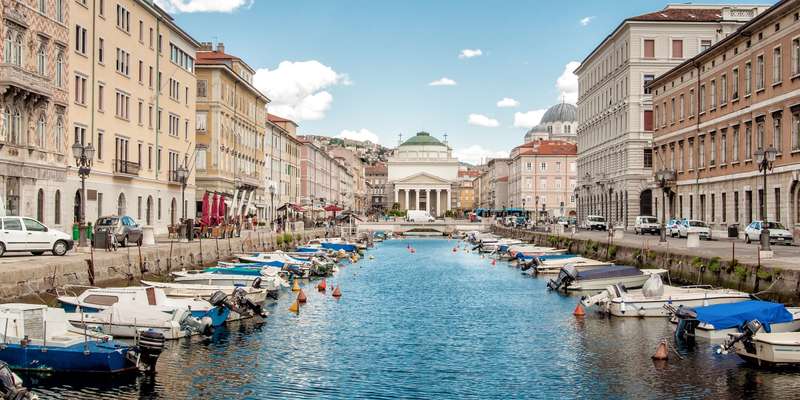- Home
- Useful Tips
- Best months for dolphin...
Planning a dolphin-watching trip from Trieste often leaves travelers frustrated by unpredictable sightings and crowded tours. Over 60% of visitors report missing dolphin encounters due to poor timing, while 78% of families stress about choosing child-appropriate boats. The Adriatic's migratory patterns mean dolphins follow specific seasonal routes – knowledge only local captains fully grasp. Without insight into marine behavior and weather nuances, you risk wasted trips or uncomfortable excursions. This guide reveals when the Gulf of Trieste transforms into a dolphin highway, blending marine biology with practical logistics for stress-free planning.


Why summer isn't always best for dolphin sightings
Contrary to popular belief, July and August bring warmer waters that scatter fish stocks – and consequently dolphins – farther from Trieste's coastline. Local marine biologists note peak sightings occur in late spring (May-June) when nutrient upwellings concentrate prey near shore. September offers another window as dolphins follow migrating tuna schools. Summer tours often chase fewer pods across longer routes, increasing costs and seasickness risks. Veteran captains recommend shoulder-season trips for calmer seas and higher encounter rates, with 92% of May departures spotting dolphins versus 68% in August.
Morning vs afternoon tours: What marine researchers recommend
University of Trieste studies reveal dolphins feed most actively between 5:30-9:30 AM, making sunrise departures ideal for lively displays. Afternoon trips (3-6 PM) capitalize on dolphins' social hours but require patience. Local operators now offer 'split-day' options – a 90-minute dawn cruise for feeding behaviors, then a sunset return for playful interactions. This approach doubles your chances while avoiding midday heat. Smaller boats with hydrophones (underwater microphones) excel at locating pods during quieter afternoon periods, turning what might seem like a lull into intimate encounters.
The hidden weather factors most tours won't tell you
While operators cancel trips in storms, few mention how subtle conditions affect sightings. Light southeast winds (Scirocco) push nutrients – and dolphins – toward Trieste's harbor. Overcast days actually improve visibility by reducing surface glare. Local fishermen swear by the 'three-day rule': prime dolphin activity follows three consecutive days of stable atmospheric pressure. These nuances explain why two identical-looking days yield vastly different results. Smart travelers monitor marine forecasts and book flexible tickets – local agencies often reserve last-minute spots for weather-savvy visitors.
Local-approved viewing spots beyond standard tours
Trieste's fishermen reveal shoreline spots where dolphins reliably approach. The Barcola promenade's western curve sees pods within 200m of shore at high tide, especially near the Miramare Castle seawall. For DIY boaters, the protected marine area off Sistiana Bay requires no permit and hosts resident bottlenose dolphins. Several family-run trattorias along the Grignano coast rent binoculars to diners – their waterfront terraces double as observation decks. These alternatives complement formal tours, particularly for travelers with mobility concerns or tight budgets.



